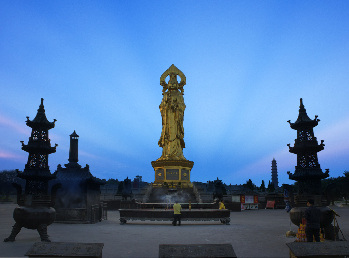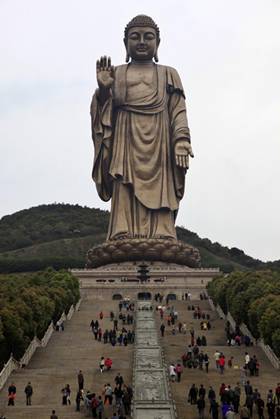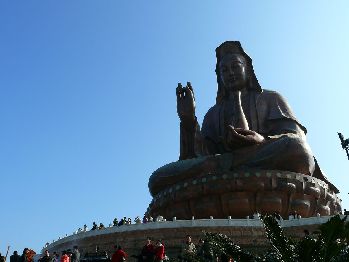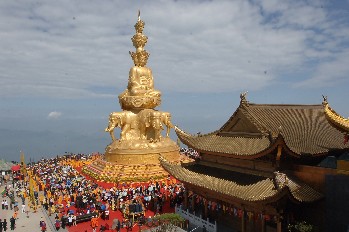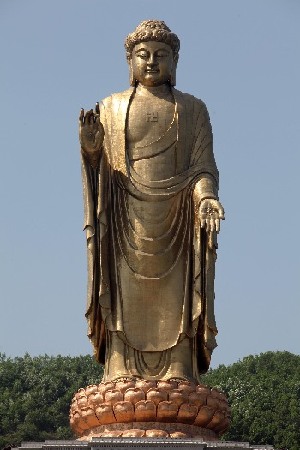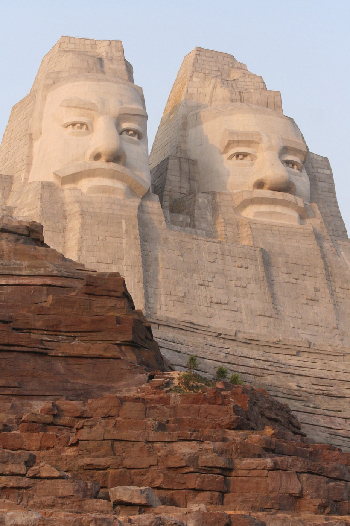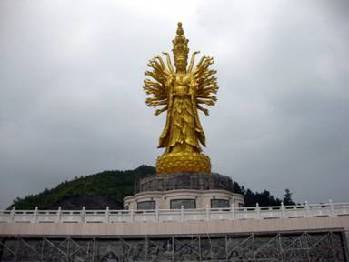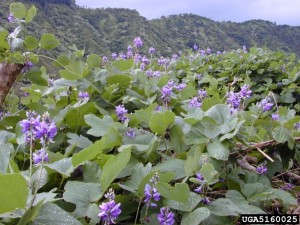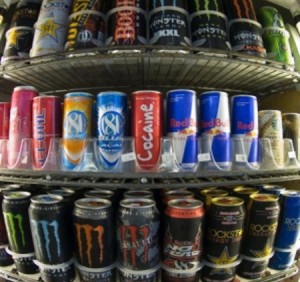At Pacific Herbs we believe WHOLE HEATEDLY in transparency. We believe you should know what is in our Chinese herb products and what is not! We tell it all because we know we have the highest quality control standards, ISO/GMP approved, natural herbal products on the market. We tell you where and how are herbs are manufactured. We provide test result information and we use only purified water to process our herbs, no solvents! Who would want an herbal supplement that is not transparent in their standards?
This is information every consumer has a right to know! The same goes for our food supply. Wait, it is the same thing, herbs are food too.
Anyway, the citizens of California have an unprecedented opportunity to improve our nation’s food system. This week, the California Secretary of State placed the California Right to Know Initiative for GMO Labeling on the November ballot.
The saying “As California Goes, So Goes the Nation” could be happening this November. When voters pass this GMO labeling of food ingredients we will have true transparency in our food supply. Consumers should push for the same standards in their herbal products. We are proud to be a leader in this evolution in the natural products industry.
I look forward to updating you in November.


